The Art Department's Responsibilities During Filmmaking & 16 Key Roles
Rent film gear from local filmmakers.

Rent film gear from local filmmakers.
The art department is one of the least recognized departments in the media, but it shouldn't be. They're in charge of the entire visual style of a project, and without them, cinema wouldn't be a thing!
Don't worry, because I am here to tell you all you need to know about the art department. So follow along, and you might even get inspired to join the art department yourself!
If you want to learn more about film production, consider reading our article on filmmaking 101. Here you will learn all of the basics.

What is the art department in filmmaking?
The art department is the crew responsible for the entire look of a project. This could be on tv-shows, feature films, or other productions.
The art department is responsible for designing, building, and decorating the visual elements you see on film.
That's not saying that every prop on a set is handmade by the art department. It just means that they deliberately placed every prop.
So whenever you're watching a sitcom like The Office and wonder which office building let them shoot after hours? The truth is none.
Well, it might have been filmed in an actual office, but the art department redesigned the entire set to give it a unique look. That's everything from the cups, paper, stickers everywhere, plants, etc.
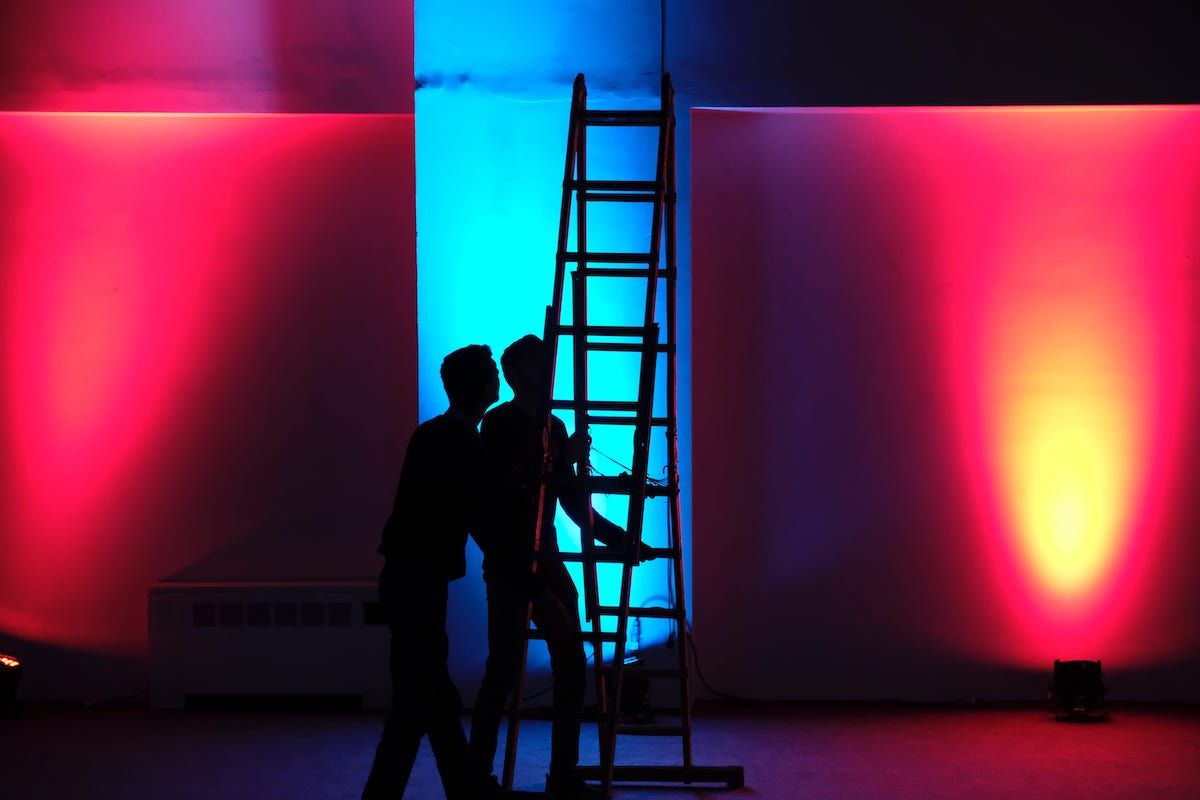
What does the art department do during pre-production?
The first thing the art department, or at least the production designer, does is to meet with the director to discuss the creative vision.
The art department spends most of its time brainstorming, creating storyboards and concept art, gathering props, and building the sets.
What does the art department do during production?
The hard part might be over, but the work sure isn't! The art department has to ensure that the visual style they created is being upheld throughout the production.
That means consulting the director on how to implement the set, consulting the actors on utilizing the props, and supervising the construction crews regarding repairs and changes.
What does the art department do during post-production?
The post-production phase is probably the quietest phase for the art department. Most of their work is done, and there isn't much more that they can do.
There might still be some graphical work for some of the people in the department. Some art directors are also brought in to give their feedback in the post-production. Here they make sure that the visual style is being respected.
Who is part of the art department in a film?
So who is this mythical art department we've been talking about? There are quite a few roles, depending on the production size.
We've listed some of the most frequent roles.

Production designer:
The production designer is one of the most influential people on set. The production designer is the person in charge of ensuring that the visual style is being upheld throughout the different sub-departments of the art department.
Essentially they're in charge of the art department, and they have approved every visual element of a film.
The production designer has to do a lot of research and man-management, and it's usually not a role you jump straight into.
You can read our article on production designers if you want to learn more!
Production assistants:
The production assistant is essentially the right-hand person on the set. Production assistants are often referred to as runners, so you might know them better by that name.
Production assistants do everything from running errands to going on coffee runs and essentially help with everything that makes the production go as smooth as butter.
Being a production assistant is usually an entry-level job that people take to gain experience in film production. It might not be the most attractive job, but it's admirable, and it's a great way to learn the ropes.
Production buyer:
The production buyer has one specific and essential task. To acquire everything needed for the set and decide whether it's best to rent or buy it.
They typically utilize runners if anything is missing or if someone in the production needs something quickly.
Art Director:
The Art Director is essentially the second in command to the production designer. The Art Director has direct responsibility for most art crew, and they report directly to the production designer.
The Art Director works with set design, supervises construction, and aids in creating and keeping the visual style.
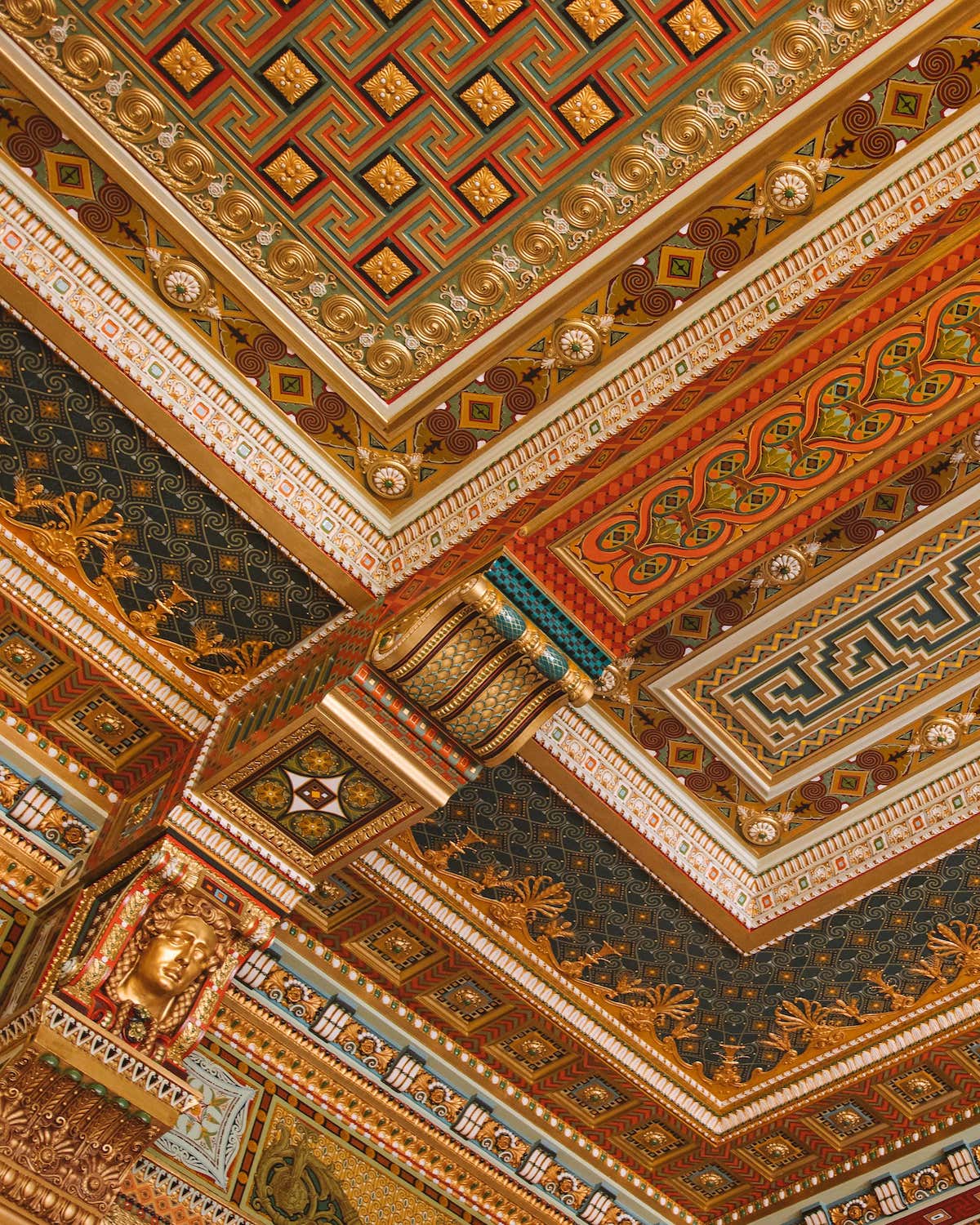
Illustrator:
Illustrators are also knowns as concept artists because they typically work with concept creation.
Illustrators typically get specific tasks to work on, which could be, for example, Batman's suit. The illustrator then creates different renditions for the creative directors to compare.
They report directly to the art director, who supervises and consults them. The illustrator's job is to put the creative vision into something digestible for the construction crew.
Graphic designer:
The graphic designer, or graphic artist, helps with any graphic work needed for the film. This could be flyers, signs, book covers, prints for clothes, or something similar.
Sometimes the graphic designer is tasked with creating title cards or credit sequences in the post-production phase.
Motion graphic designer:
The motion graphic designer is a specialized graphic designer that works specifically with motion graphics.
This is anything that has to do with animated graphic elements in a film. Whenever you see a tv-screen, computer screen, smartphone screen, or moving billboard ads, you can be sure that a motion graphic designer has been used.
Set designer:
The set designer is also known as a draughtsperson, and they're typically in charge of designing the set with everything it includes.
The set designer is in charge of designing the physical set and a computer rendering. This includes the blueprints for the construction crew.
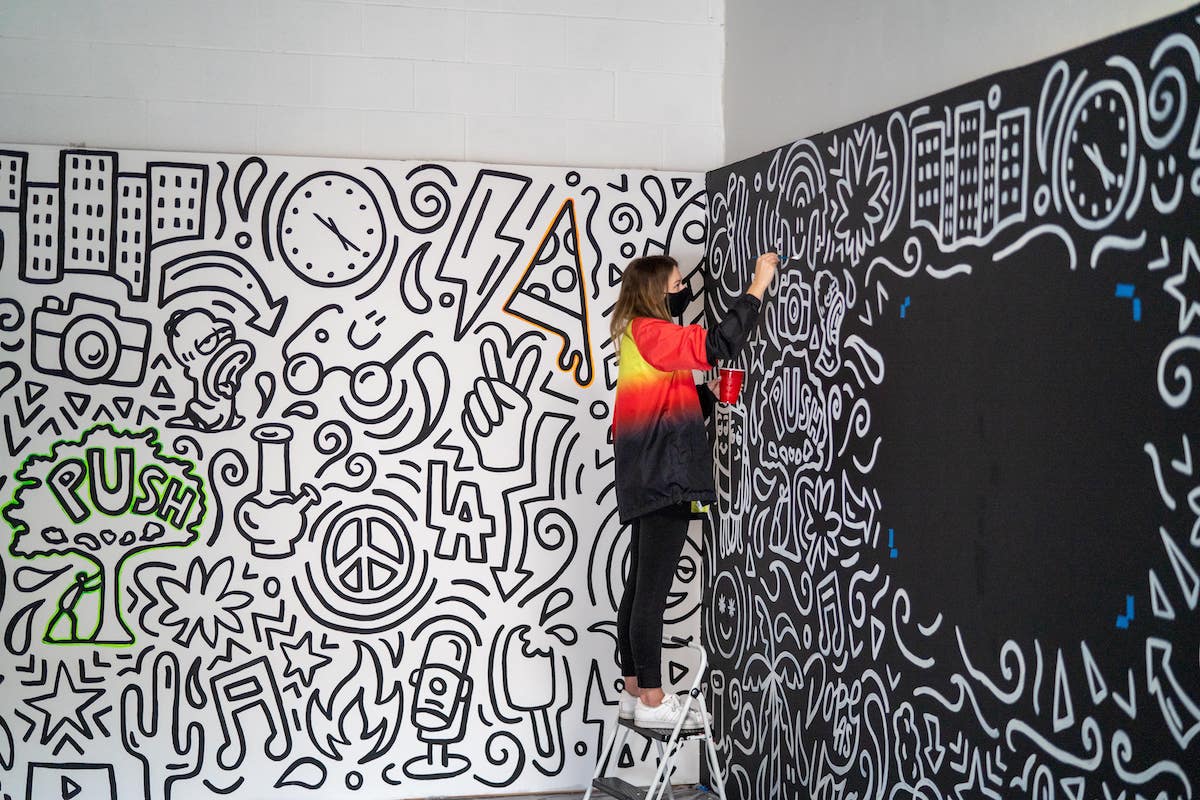
Storyboard designer:
The storyboard designer, or storyboard artist, has the job of helping the film director and DOP create a storyboard.
They essentially have to create detailed drawings and illustrations of every shot, including the different camera movements, angles, and characters, among other things.
Stylist:
The stylist, or set decorator, is responsible for decorating everything on the set. They handle both big props and small props to create the right environment.
They work closely together with the DOP to make sure there's space for them to film, and they collaborate with the production designer and art director to make sure they agree on the visual style.
Greensmen:
The greensmen are not needed for every film production but appeal specifically to those productions that include gardens or flowers. They are essentially gardeners for the set, keeping the green props looking proper.
Property master:
The property master, or prop master, is the overseer of the props on set. Their role is to acquire the props, organize them, and ensure proper use.
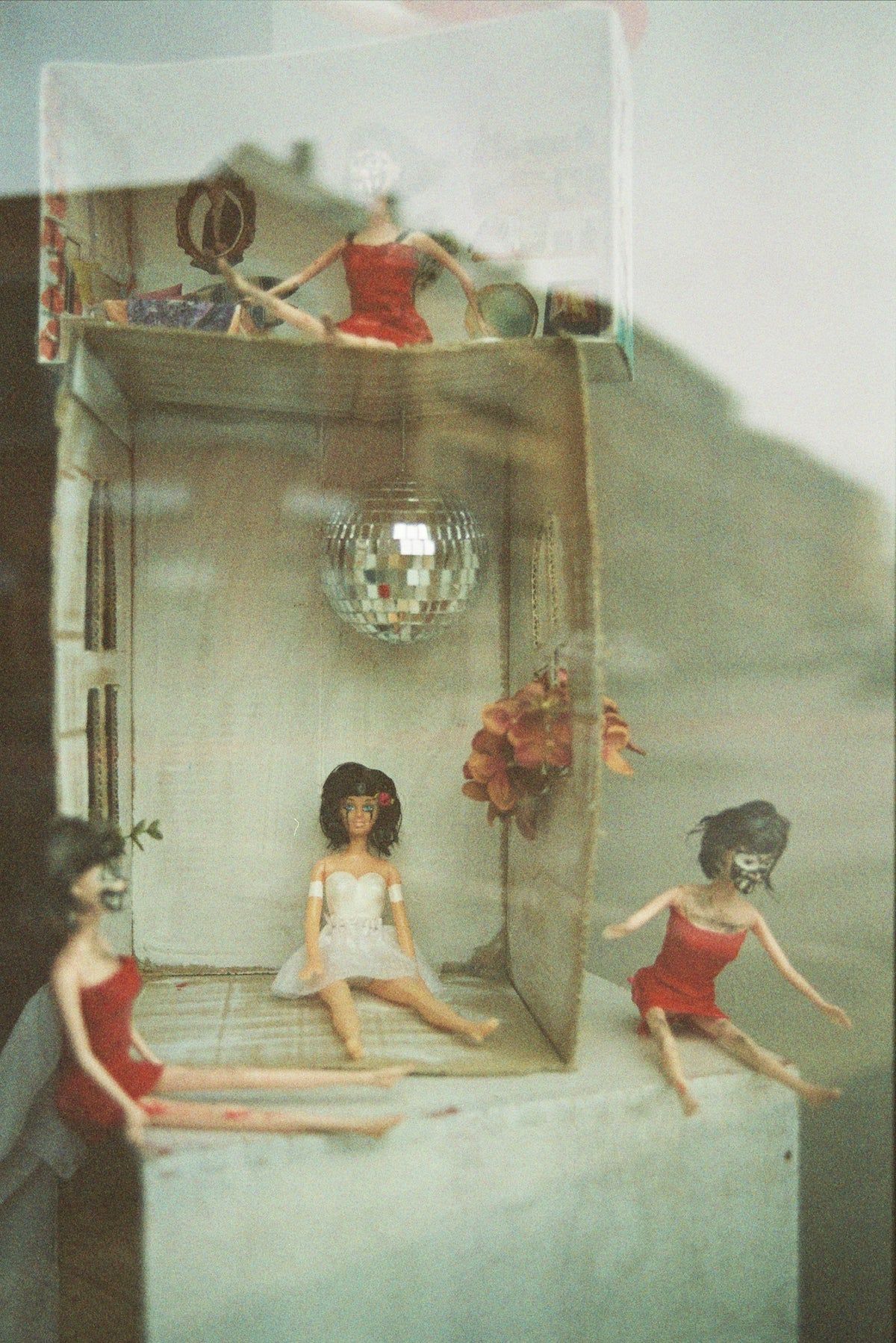
Propmaker:
Propmakers are in charge of creating the props needed for the production. They're working with the construction and testing of the props and ensuring they're ready for use.
Armorer:
The armorer is the weapon master of the set. Their job is vital, as they are responsible for gun safety on the set.
They are the ones storing and taking care of every weapon used on set, and they have to make sure that the guns are safe to handle. They will also consult and direct the actors to properly use the weapons.
Even with blanks in a gun, they can still be incredibly dangerous and even lethal.
Construction crew:
The construction crew is essentially the workers that construct everything on the set. They get detailed plans from the production designer, set designer, and art director.
Their job is to construct the set as designed and make any repairs needed during production.
Coordinator:
The coordinator is the chief of the construction process. They manage the construction crew, ensuring that everything is going as planned and that the crew has the materials they need.
As film productions are time-sensitive, it's essential that the construction crew follows the schedule and isn't impeded by anything.
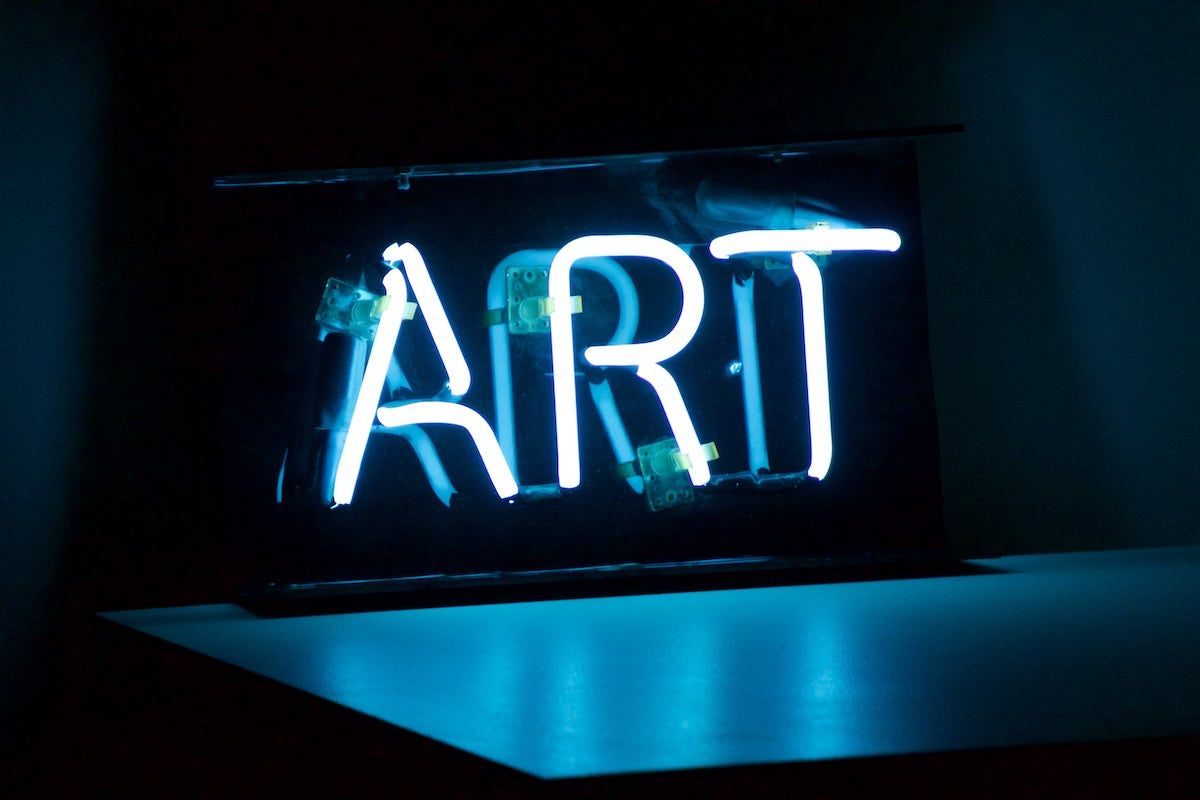
How to start working in the art department?
There are different routes to working in the art department, depending on what you want to work on. If you're going to be a graphic designer, you could probably apply directly to art/film school.
If you want to be a part of the production in general, one of the best ways to enter is to become a runner on set. It teaches you all of the aspects of a production.
Up next: Explore Philip Ilson's take on being an artistic director
That's all you need to know about the art department. I hope you learned a thing or two!
If you want to learn more about working in the art department, discover our article on what it means to be an artistic director. Here, we talk with Philip Ilson and his experiences as an artistic director.
What does the art department do in a film?
The art department handles the visual style of a film.























